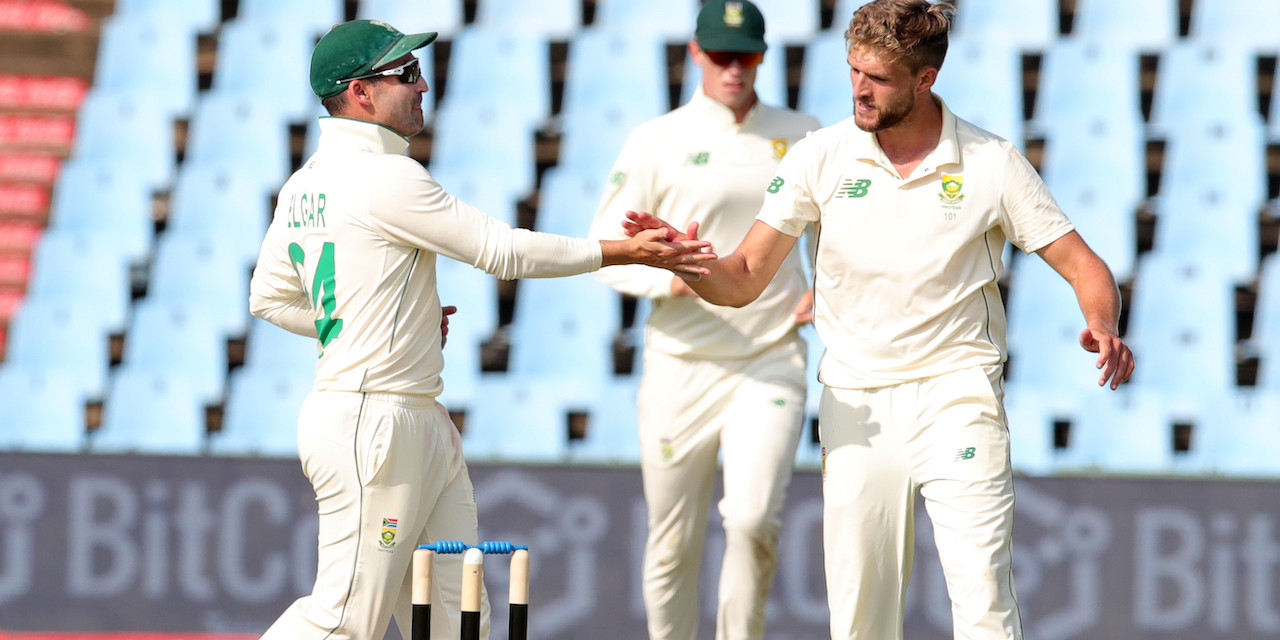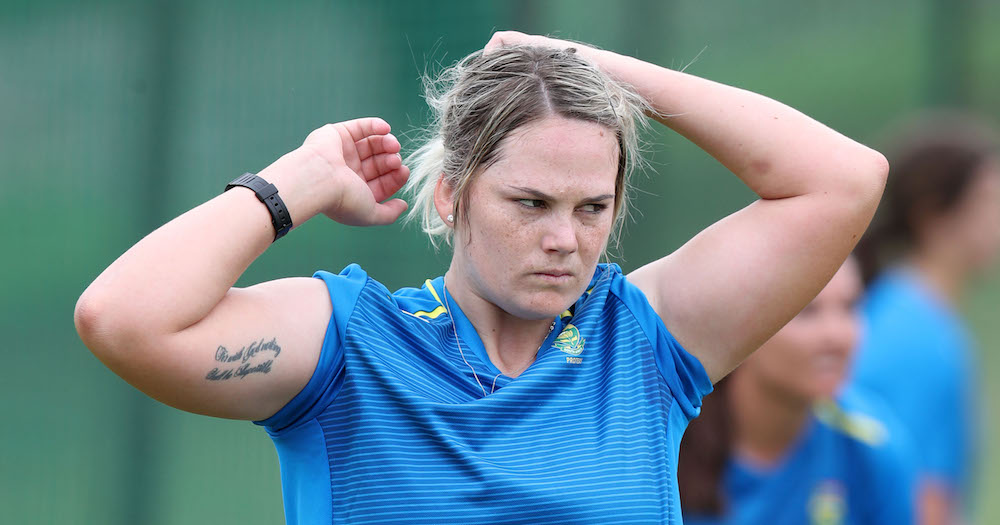“I was just trying to land the ball in the right area,” said Proteas all-rounder, Wiaan Mulder, after registering excellent bowling figures of three wickets for one run in the four overs he bowled.
Mulder’s performance contributed to a clinical bowling performance from South Africa, which also included significant efforts from Kagiso Rabada, Lungi Ngidi, and Keshav Maharaj, who took two wickets each.
Mulder has also spent time in the middle during South Africa’s batting innings, but that time has not yielded the runs yet. “It is a bit of a frustrating one at the moment. I feel I’m doing all the right things, training really hard. Spending a lot of time at the crease, not getting many bad balls. I feel on this wicket, one ball has got your name on it. Unfortunately, I’m not getting the runs now.”
Mulder attributed South Africa’s clinical performances in both Test matches to training hard and “at incredibly high intensity.” “That’s our secret and something Bouch really believes in is that hard work pays off. Without hard work, you put in lucky performances, you don’t put in consistent performances.”
This bowling performance brought back the concept of the “Keg Ball” into focus, which is defined as a ball that, according to a player’s prediction, is likely to generate a wicket. The player who makes the right call is then expected to buy the team a round of drinks. Mulder had predicted that the first ball of the innings, which Kagiso Rabada bowled, would bring a wicket. Rabada dismissed West Indian captain, Kraigg Brathwaite, with the first delivery of the innings, meaning that Mulder will now be required to buy the team a round of drinks.











